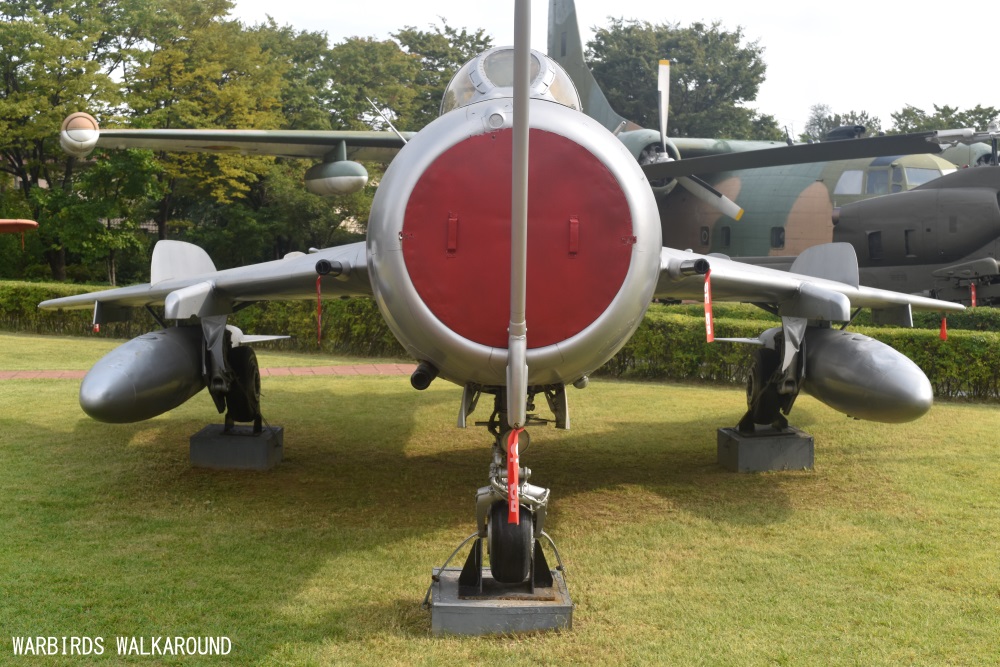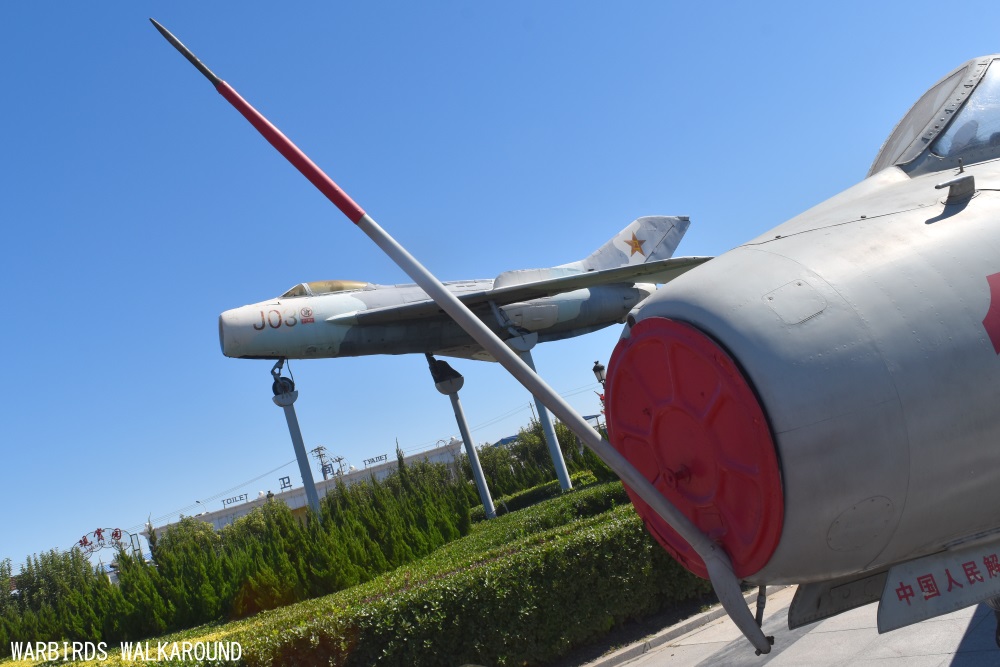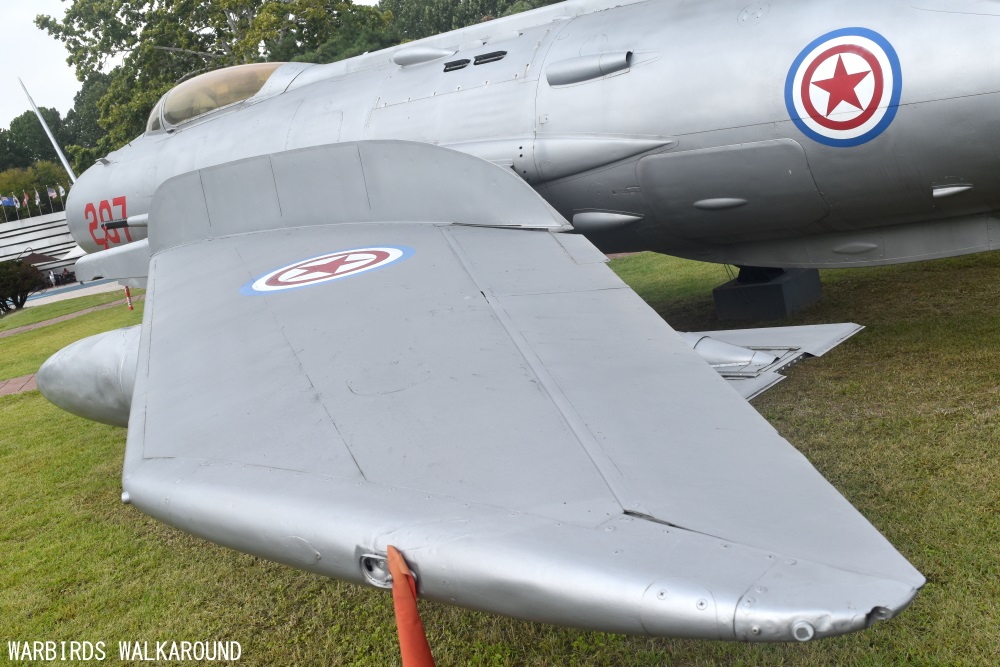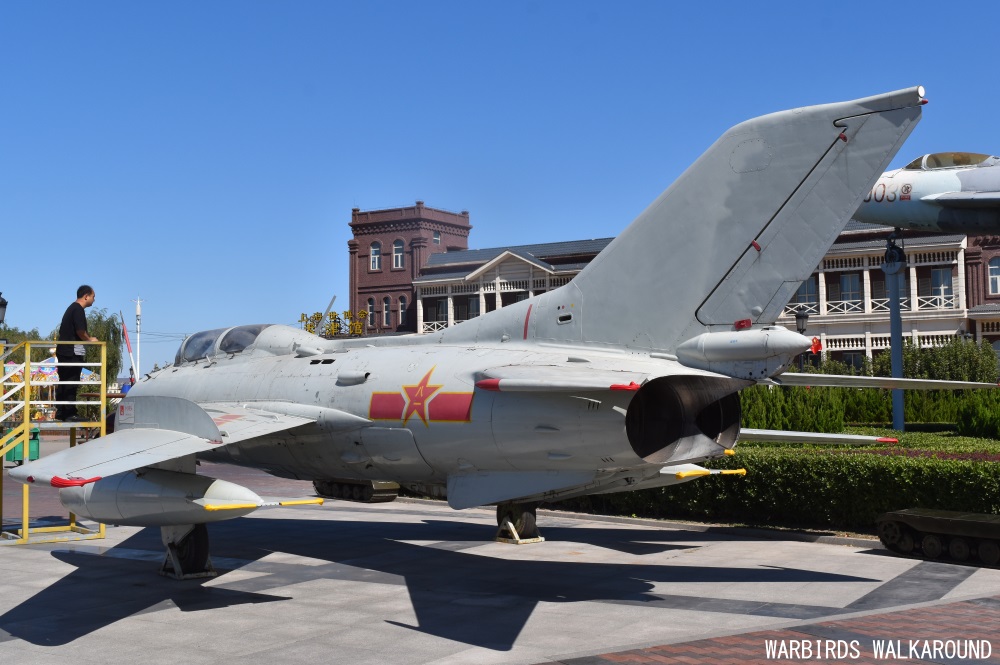Post by nuuumannn on Nov 21, 2017 17:58:15 GMT 12
An aircraft that has been overlooked and disregarded by military commentators since it first flew in 1954, the Mikoyan Gurevich MiG-19 does share with the North American F-100 Super Sabre the mantle of being the first supersonic jet fighter in service in the world. Viewed even by the Soviet military as something of a awkward child, being not as manoeuvrable as its predecessor, the MiG-17 and not as fast as its successor, the MiG-21, the -19 was plagued by unreliability and consequently saw only short service with the Soviet air force. Little did the Soviets realise that the basic design would see much improvisation in a multitude of variants, the ending of the reliability issues, and longevity that even the manufacturers could not have predicted - at the hands of the willing Chinese, who saw it for what it was; a good, solidly designed jet with hidden potential.
Shenyang J-6 207
When first unveiled the MiG-19 exhibited some bold design features, which drew little attention at the time; sharply swept back wings tapering almost to a point with ailerons at their tips, rather than inboard like its US equivalent, the F-100 - no fear of twisting or flutter there. A twin engined layout and a rugged, almost simple aerodynamic approach that lent itself to enduring rough and ready conditions; those wing fences are big, but effective and its broad chord fin defied the high speed instability that afflicted the F-100 because of the small size of its early tail surface. A year before the MiG-19 was phased out of production, 1958, few outside of China and the Soviet Union took note of the fact that an agreement to licence manufacture the type was signed between the two parties. With production finally being wound up in 1986, at 32 years, the MiG-19 has one of the longest production runs of any post war combat aircraft, with more being built by the Chinese than by the Russians. 
J-6 on a plinth
This hasn't happened without problems, however, far from it; beginning production in March 1958, the initial aircraft designated Dong Feng 103 (MiG-19P - the use of the Dong Feng or 'East Wind' name gave way altogether to the more common 'J' or 'F' designation for fighters prior to production of the MiG-21 as the Chengdu J-7), suffered from severe production difficulties resulting from the 'Great Leap Forward', which was more like a disastrous fall backward, resulting in disorganised and disrupted production. The first Shenyang J-6s were so poorly put together that a few hundred were scrapped as being useless; the Chinese air force refused to accept them.
KPAAF J-6
Following from this appaling state of affairs, production slowed to a trickle and quality changed very slowly, but things began to improve in earnest from December 1963. Over the next 20 years, Chinese production saw improved armament and avionics, as well as performance increases, which kept the machine relevant in the immediate theatre, that is, as well as export success, which saw the F-6 (the 'F' designation denoted export variants) serving in Africa, the Asian sub-continent and Eastern Europe. Remarkably, F-6s still can be seen in the inventories of a few Third World nations, including the DPRK, an example of which is one of the subjects of the latest aircraft on my site. Located at the impressive War Memorial of Korea in Seoul, F-6 '207' was the mount of Capt Lee Woong Pyung, who defected to the Republic of Korea on 25 February 1983. The second MiG-19 walkaround is of a Shenyang JJ-6 two seater, a MiG-19UM, located at the Binhai Aircraft Carrier Theme Park near Tanggu, China.
JJ-6 10007
Link to MiG-19 walkarounds here: warbirdswalkaround.wixsite.com/warbirds/mikoyan-gurevich-mig-19

